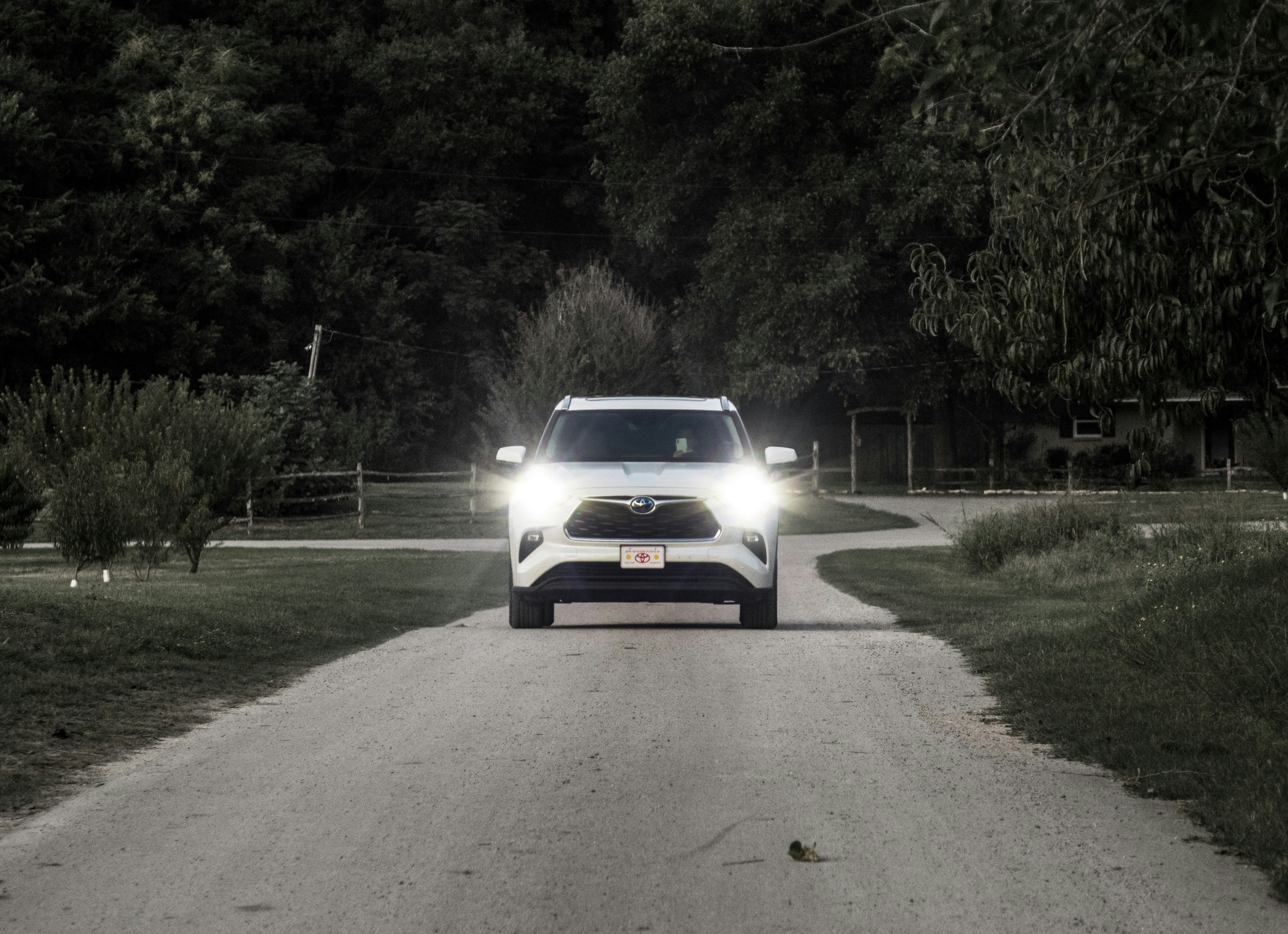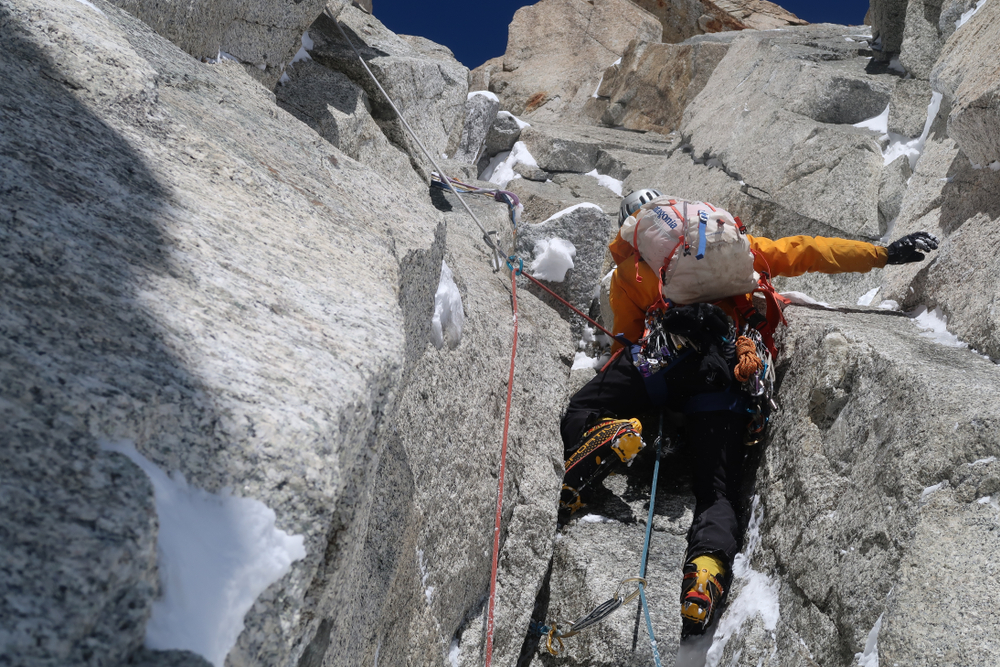Taming the Torque: Understanding the Intricacies of Torque Vectoring
The world of automotive engineering is a complex one, filled with technologies that often go unnoticed by the average motorist. One such technology is torque vectoring, a relatively recent innovation that has revolutionized the way vehicles handle. This article will delve into the intricacies of torque vectoring, its historical development, and its impact on the automotive industry.

The Genesis of Torque Vectoring
In the early days of motoring, power was transferred from the engine directly to the wheels, with little consideration for the nuances of road conditions or driving behavior. However, as automotive technology advanced, the limitations of this approach became apparent. Enter torque vectoring, a technology designed to improve vehicular handling by varying the amount of torque sent to each wheel. Introduced in the late 2000s, it was initially regarded with skepticism but quickly gained traction (pun intended) in the automotive industry.
The Inner Workings of Torque Vectoring
Essentially, torque vectoring involves the use of a vehicle’s onboard computer to monitor driving conditions and adjust the distribution of torque accordingly. It works in conjunction with other systems such as the differential and the braking system. The computer can decide to increase the torque to one wheel while decreasing it to another, thereby improving the vehicle’s grip on the road and its handling around corners.
The Impact on the Automotive Industry
The introduction of torque vectoring has had far-reaching implications for the automotive industry. From performance cars to SUVs, it has become a standard feature in many vehicles. It has also paved the way for the development of more advanced handling technologies, further pushing the boundaries of what is possible in automotive engineering.
The Pros and Cons of Torque Vectoring
Like any technology, torque vectoring is not without its challenges. On the plus side, it offers improved handling and increased safety, particularly in tricky driving conditions. However, it also adds complexity and cost to the vehicle, and its effectiveness can vary depending on the specific implementation and the driver’s skill level.
The Future of Torque Vectoring
While torque vectoring is now a well-established technology, it continues to evolve. Future developments are likely to focus on improving its performance and reducing its cost, making it even more accessible to the average motorist.
In conclusion, torque vectoring is a fascinating technology that has transformed the way we drive. Although it may not be a household name, its effects can be felt every time you take a corner at speed or navigate a slippery road. And with ongoing advancements, its impact is only set to increase.





